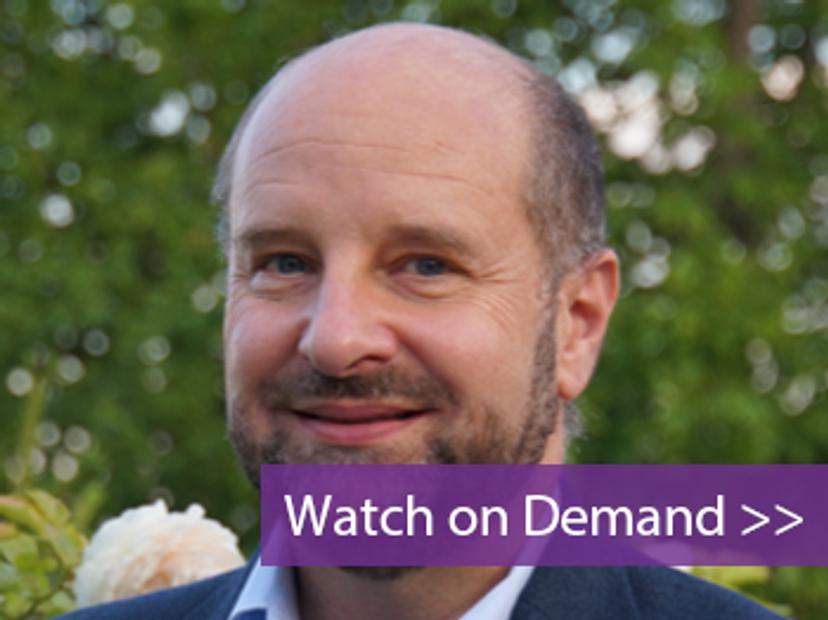Population-wide immune responses to SARS-CoV-2: Insights from quantifying the antibody response
Watch this on-demand webinar to discover a new approach to profiling antibody responses by quantifying affinity and concentration
22 Jun 2021

Understanding the humoral immune response to COVID-19 is critically important for characterizing and predicting the degree of immune protection from previous infection, vaccination, and other treatments including plasmapheresis. However, antibody titers and other common methods of quantifying antibody responses only provide a proxy measure of fundamental antibody parameters: affinity and concentration.
In this on-demand webinar, Prof. Adriano Aguzzi, from the University of Zurich, outlines how his team addressed this challenge by introducing novel microfluidic assays to quantitatively profile the affinity and concentration of anti-COVID-19 antibodies in the serum of convalescent COVID-19 patients. These assays were deployed as part of a population-wide study of the antibody response in the city of Zurich, Switzerland, aiming to yield unique, quantitative, functional insights into the progression and patient-to-patient variability of the antibody response to SARS-CoV-2.
Watch on demandRead on for the live Q&A session or register to watch the webinar at a time that suits you.
Q: Do all patients develop antibodies?
AA: Yes, essentially in the symptomatic patients that we have seen they all had antibodies. However, it is entirely thinkable that people, for example, who suffer from immunosuppression would develop weaker immune responses or maybe no immune response at all.
Q: Are there cases where the second infection with COVID-19 is more severe than the first?
AA: I'm not aware of this, I'm sure there is literature about it, but you need to be careful. When people say they have been re-infected sometimes this is the case but more often we're talking about an infection that never really went away and became chronic and then relapsed at some point.
Q: Do you observe antibodies tie to differences between subjects that are naturally infected and those who have received the vaccine?
AA: We have not yet started to look at vaccinating people in Switzerland because the vaccination campaigns started very late. I haven't been vaccinated yet myself, but it will happen, and I expect to see differences from the natural immunization. I also expect differences in the sequences of the antibodies that may be generated. This is going to be an exciting study to do, but we haven't started it yet.
Q: Have you measured any antibody levels and affinity levels for the receptor-binding domain for SARS-CoV-2-vaccinated individuals across the different vaccines compared to convalescent plasma?
AA: No, as we haven't looked at vaccinating people yet, but we will, and we will also expand the convalescent plasma in a major way. We now have access to the Italian TSUNAMI study which shared more than 300 samples of convalescent plasma. I have very strong hopes that this will allow us to do clinical correlation and find whether affinity is really a predictor of the efficacy of convalescent plasma.
We have also started a collaboration with Akiko Iwasaki at Yale University, who is one of the most prominent COVID-19 experts worldwide and a fantastic virologist. Akiko has access to an extremely interesting cohort of very well-characterized COVID patients and we're going to measure the affinity for all of those patients as well.
Q: What is the difference in affinity among patients? Will they forsake antibody-based diagnostic tests?
AA: In the extreme cases where affinity is zero, any antibody-based test will be negative. There will be a trade-off there and the titer that you measure is essentially a combined value that derives from the concentration multiplied by the affinity of an antibody. This methodology allows you to deconvolute the concentration of the antibody from the affinity-derived effect. It's a more precise way of looking at what is going on in the blood.
Learn more about potential applications of affinity and concentration profiling, watch the webinar on demand now>>
